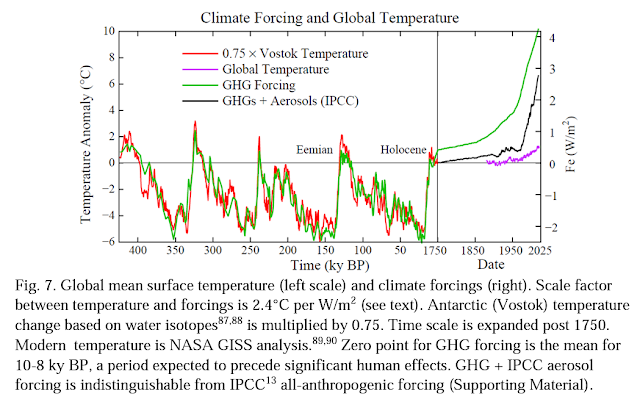A New Reconstruction of Phanerozoic Temperature and CO2

In January, I blogged about a lecture I watched from Jessica Tierney, a geologist who has done some fascinating work in paleoclimate, in which she described the research behind a new paper that was at the time still undergoing peer review. You can watch the video and see my previous thoughts about this here . Ever since I watched this lecture, I have been anticipating the publication of the paper and hoping that the text wouldn't be behind a pay wall so I could learn more about what Tierney shared in her lecture. Well, late last week, both of my hopes became a reality. The paper is published and the full version is available. The lead author is Emily Judd[1], and this appears to be a remarkable paper. The tl;dr for this paper is that Emily Judd and her colleagues put together a data analysis (PhanDA) reconstruction of global temperatures and CO2 for the last 485 million years (most of the Phanerozoic), and they found that GMST varied greatly on geologic time scales, ranging from ...

